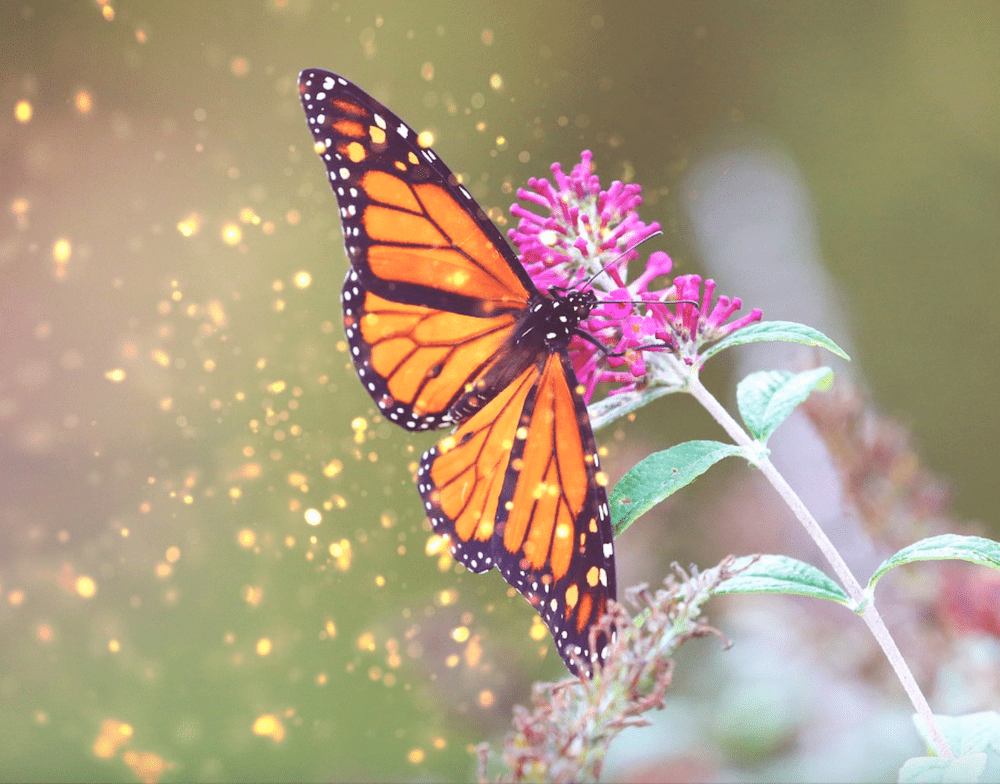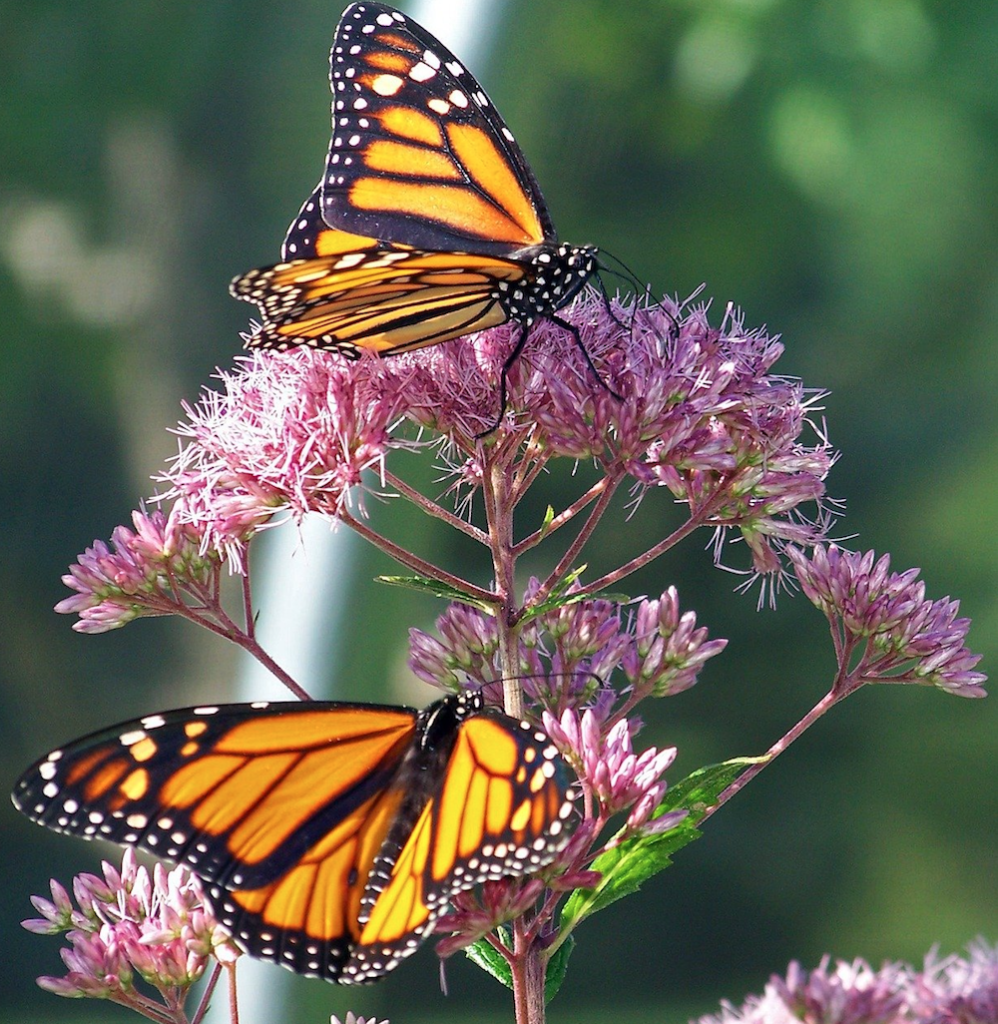Monarch Butterflies Now Endangered! What We Can Do
By Jill Brooke

Because of climate issues, North America’s monarch butterfly, whose fluttering delicate beauty and extraordinary migration have made it one of the continent’s most beloved insects, has been classified as endangered by the International Union for Conservation of Nature.
As Catrin Einborn reported in the New York Times, the decision comes after decades of falling populations driven by losses in the plants they need as caterpillars and in the forests where adults spend the winter, combined with climate change. The authors reviewed about 100 studies, interviewed experts, and applied criteria from the group’s Red List of Threatened Species to come up with their decision.

But flower lovers, we can be part of the solution and not add to the problem by planting the orange and black insect’s favorite food in our gardens.
Cathy Ludden, who calls herself a native plant warrior, as well as other experts, urges people to plant milkweed that is native to your region. It is in fact the only plant monarch caterpillars can eat.
“Milkweed feeds their catepillars,” she explains. “No milkweed, no monarchs.”

The butterflies also need nectar so flowers such as cosmos, zinnias, goldenrod, lantana and echinacea are also wonderful desserts to the main meal. There are also fans for the butterfly bush – though some disagree worrying that they are invasive or will distract pollinators from native plans.
The North American monarchs’ migration is considered one of the natural world’s wonders for good reason. Their annual migration starts in north east United States and Canada and finishes in southwest Mexico. The migration takes place over four generations of butterflies. Furthermore, these adorable tiny insects fly thousands of miles north over the course of a few generations and back in just one generation, with single butterflies flying perhaps more than 3,000 miles.
Another fun fact? The average butterfly flaps its wings around 20 times per second. The Monarch Butterfly flaps its wings around 5 to 12 times a second. It also is the state insect in the U.S. for Texas, Minnesota, Idaho, Illinois and Alabama.
And here’s another reason to feed the butterflies. The gold spots we love and marvel at on the Monarch Butterfly chrysalises are due to carotenoid pigments which comes from – you guessed it – their mildweed diet.
As Maya Angelou once said, “We delight in the beauty of the butterfly but rarely admit the changes it has gone through to achieve that beauty.”

Jill Brooke is a former CNN correspondent, Post columnist and editor-in-chief of Avenue and Travel Savvy magazine. She is an author and the editorial director of FPD, floral editor for Aspire Design and Home magazine and contributor to Florists Review magazine.
Photo Credit: Pixabay
